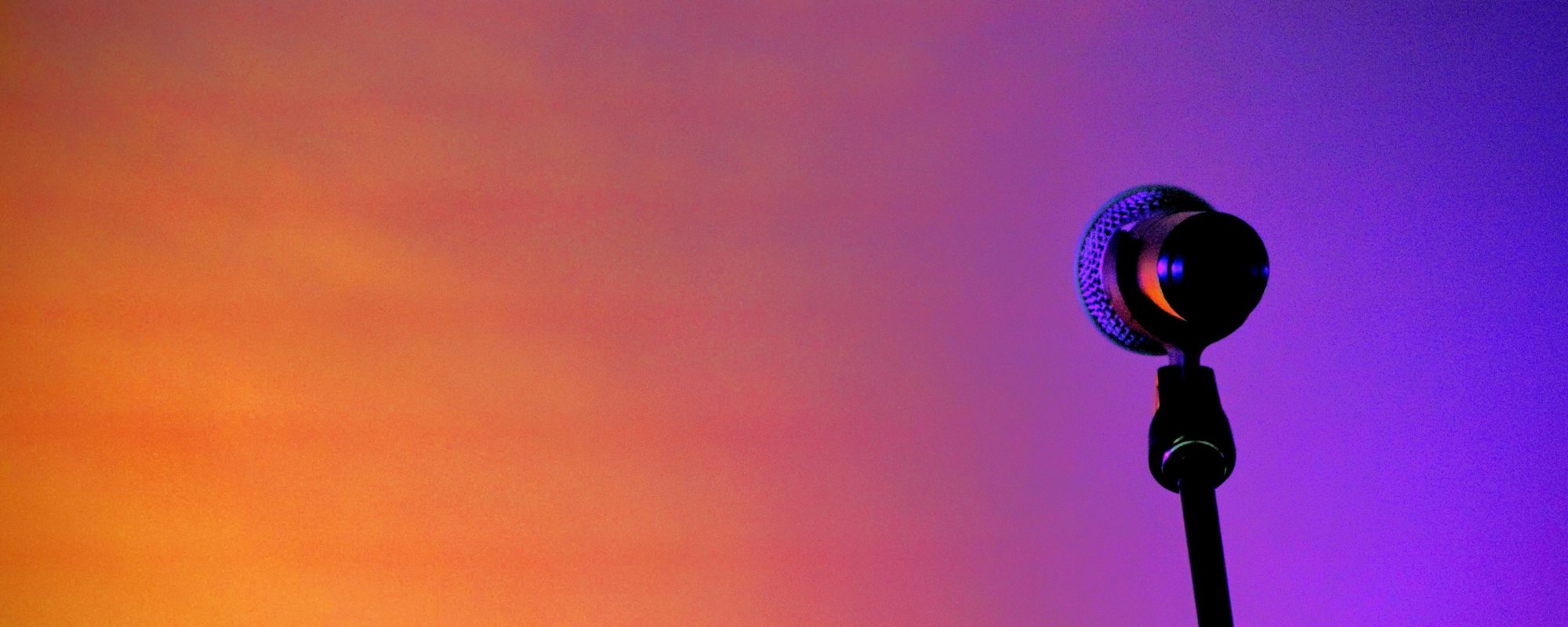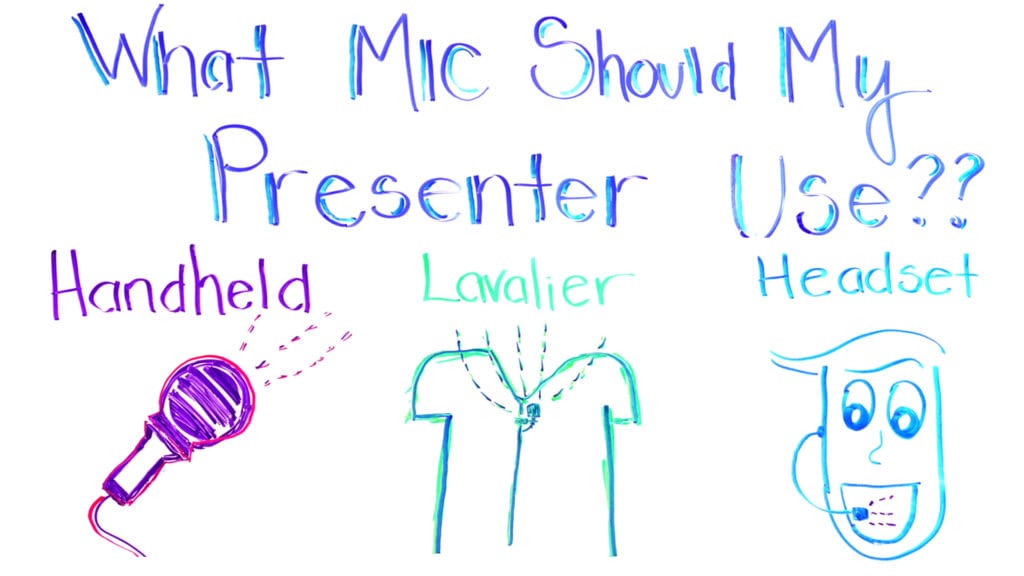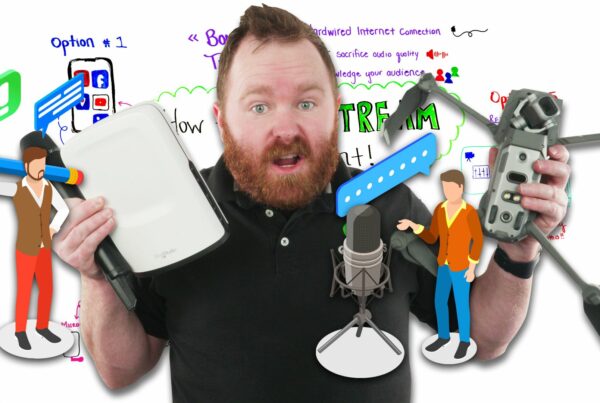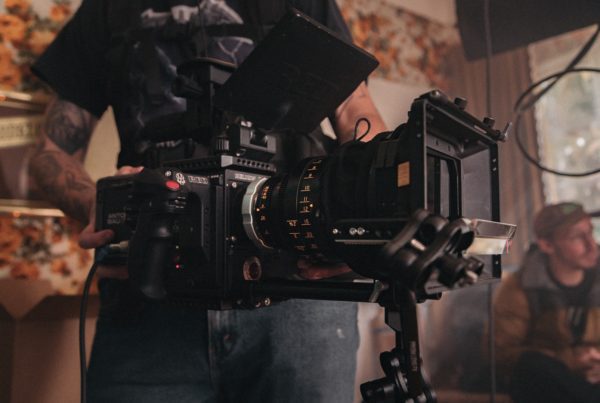The types of microphones you use for your event might not be something you ever think about. You might be wondering if does it really matter what mic should your presenter use. Will it really impact your event? The short answer to those questions is yes! If you want your event to be flawless and get the most out of your presenters, you definitely need to have the best speaker kits.
In today’s Whiteboard Wednesday, Will Curran will guide your through three types of microphones that presenters typically use. Each of them has their own pros and cons. Some might be easier to use, but they are more prone to that awful sound we call feedback. Let’s get to it!
What Mic Should My Presenter Use? Handheld Microphones!
The first type of a microphone that your presented could use is the handheld microphone. Everyone’s heard of it and everyone’s seen it. Sometimes, it has a switch that you can turn on and off. The best uses of handheld microphones are for when you want the presenter to have full control over when they are heard and not heard.
Let’s say you have a panel of four people sitting up on a couch. You might not want to put Lavaliers or headset microphones on because you want the ability for them to put the microphone down, whisper something over into the other person’s ear or for them to laugh without laughing right into the microphone. You want them to have some control.
The downsides of a handheld microphone is that most people don’t know how to hold them the right way. Many times, people start to hold it lower and lower, which makes the audio engineer’s job very tough.
When the audio engineer out there is going to do everything they can to make it sound good, there are some perfect conditions where you can make it sound really great. When the microphone’s way down there, that’s going to be really hard. They have to turn it up and make it really loud, which means it can cause some feedback at any given time.
Another downside to a handle microphone is that it requires you to use your hand. You have to hold the microphone the entire time, so you can’t use any gestures.
 How About Lavalier Microphones?
How About Lavalier Microphones?
A Lavalier microphone is great for your presenter to use because they can use their hands freely. They can have a clicker in one hand, they can also turn around, keep talking, and still get the audio recording of it.
There are some downsides, though. If you turn your head away from the microphone and talk away, it starts to sound really bad. You need someone who’s going to talk forward in the direction of Lavalier microphone the entire time.
The second downside is that they aren’t directional. That’s the reason why I don’t recommend it a lot of times for speakers. A lot of times, microphones are designed to just capture a big bubble of audio. It captures a little bit of everything within a circle of where the microphone is. You might be thinking to yourself that that’s great because you can move your head around. But that also means you’re more susceptible to feedback, that high pitched noise we all hate. You can do a lot of things to try to suppress it and keep it from happening. But the most common reason why it ends up happening with Lavalier microphones is just because they are designed to pick up a lot of audio.
Presenters Can Also Use Headset Microphones
It seems that a lot of planners don’t know about the third option: headset microphones. It is extremely inexpensive to do and will make your audio sound amazing. All audio engineers I know will recommend this whenever possible. You might have seen these in concerts. One Endless team member has called it the Britney Spears microphone. You also see these at TED Talks. There’s a reason why they sound fantastic.
So, why shouldn’t your presenter use this microphone? You have to make sure your presenters are comfortable with it. I’ve seen a lot of presenters say that it’s annoying and distracting. It also might be harder to use for people with beards. If the microphone’s coming down on the side of the face, you can sometimes tape it to your face a little bit to keep it from moving around. But when you have a beard, you can’t put tape there.
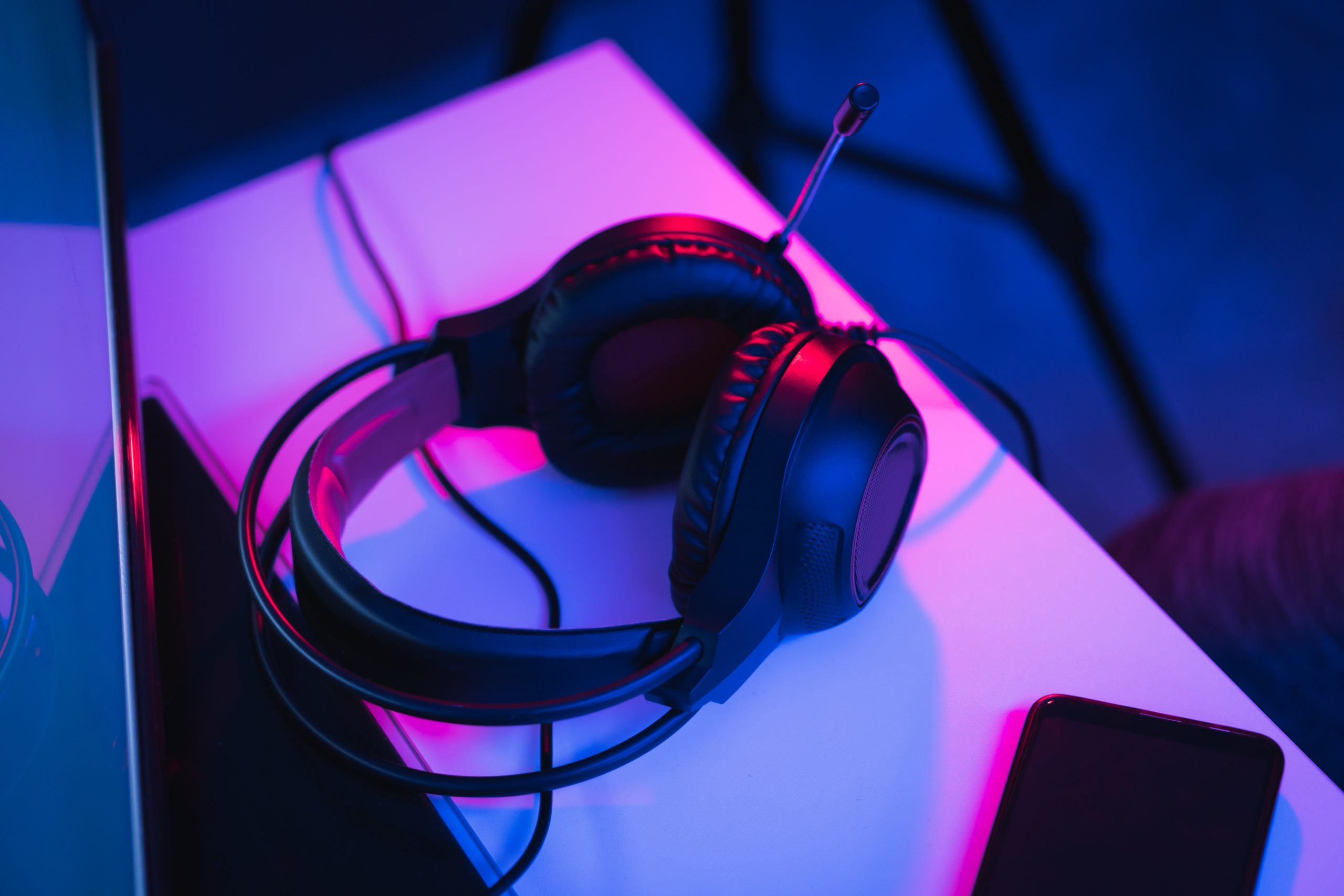 Your Presenter Should Use A Mic They’re Most Comfortable With
Your Presenter Should Use A Mic They’re Most Comfortable With
So, what microphone should your presenter use? Usually, I’ll recommend a headset microphone, a handheld microphone, and then a Lavalier if I absolutely have to.
When it comes to your presenters, talk to them, know who they are and what they want to have. When you’re discussing handhelds, keep in mind they can be wired or wireless. Lavalier microphones are typically wireless. Headset microphone can also be called ‘a Countryman’, named after a brand.
Now you know a lot more about all the microphones your presenters can use, so you can make the right decision based on what’s best for you on stage, what’s going to sound the best, and what do you want to spend your money on!


